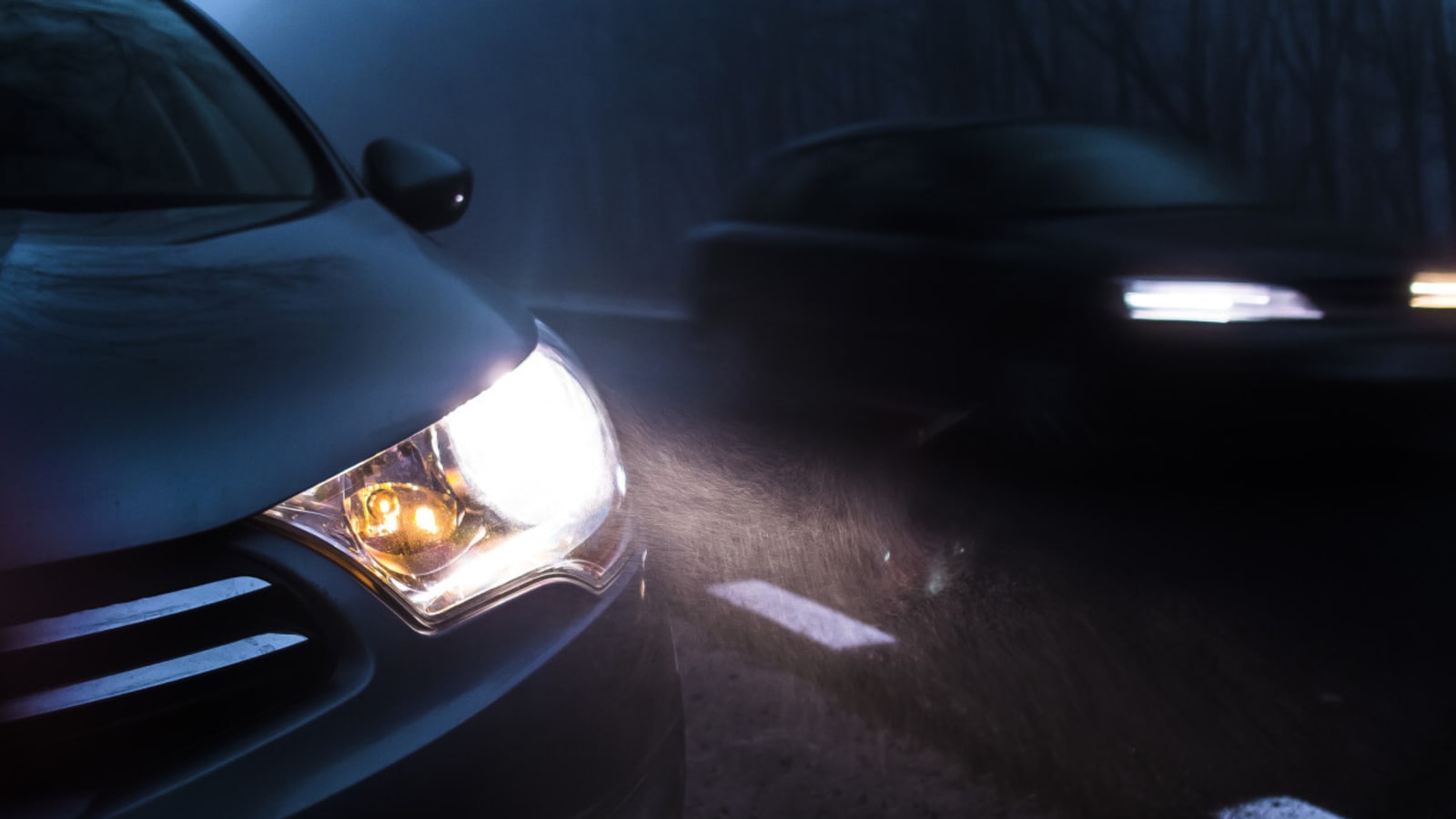
Foggy headlights lead to reduced visibility and safety concerns, and you've ever driven an older car, you know what I'm talking about. A DIY "hack" you've probably seen in popular Facebook videos or other internet video sites suggests an application of bug repellent can bring the original clarity back to your hazy headlights. But is it really true? While this method may offer an immediate "fix" for cloudy headlights, it's temporary clarity, and carries a risk of long-term damage to your vehicle's headlights.
The Bug Spray Method: Does it Work?
Bug sprays, particularly those containing DEET (like Deep Woods Off), can temporarily clear hazed headlight lenses. The DEET acts as a solvent, removing the oxidation layer on the plastic headlight lenses and restoring clarity. To apply using this method:
- Spray a small amount of bug spray onto a clean cloth towel or paper towel.
- Gently rub the cloth over the hazy headlights in circular motions.
- Continue until the haze diminishes but not enough to make the plastic sticky.
- Rinse the headlight with soap and clean water and dry it thoroughly.
- Would we do it? Only if it was absolutely necessary while night driving on the I-90.
Avoid Potential Damaged Headlights from Bug Spray
While the bug spray method may provide a quick improvement, it's important to understand the potential damage it can cause to plastic headlights:
- Plastic Degradation: DEET can degrade the protective coating of the headlight lens over time, leading to damaged UV coating, cracking, and deterioration.
- Damage to Surrounding Areas: If the bug spray comes into contact with your car's surface plastic, paint, or rubber trim, it can cause damage to the wax's protective layer, leading to costly repairs.
Safer Alternatives
To maintain your headlights, consider these safer and more effective methods:
- Toothpaste: Apply a small amount of non-gel toothpaste to a damp cloth and gently scrub the headlight lens in circular motions. Rinse with water and dry thoroughly. The mild abrasives in toothpaste can help remove surface oxidation.
- Baking Soda and Vinegar: Create a paste using baking soda and vinegar. Apply it to the headlight lens and scrub gently with a cloth. Rinse and dry thoroughly. This natural solution can effectively reduce fogginess.
- Headlight Restoration Kits: Always the best bet for DIYers, available at automotive stores, these polishing kits include specialized abrasives, polishing pads, and UV coating sealants designed to restore clarity to foggy headlights safely.
Preventive Measures That Do Work
Maintaining clear headlights is necessary for safe driving. Consider these preventive measures:
- Regular Cleaning: Regular cleaning of headlights with mild soap and water to prevent the buildup of dirt and grime.
- UV Protective Sealant: Apply a UV protectant to spare the plastic lens from UV degradation, sun damage, and oxidation.
- Parking Habits: Whenever possible, park your vehicle in shaded areas or garages to minimize exposure to direct sunlight, which can accelerate oxidation.
FAQ
Can I use WD-40 to clean my foggy headlights?
Yes, applying a small amount of WD-40 to a clean cloth or paper towel and rubbing it on the headlight lens can temporarily improve clarity; however, like bug spray, this is a short-term solution and may not address the underlying oxidation.
How often should I clean my headlights?
It's advisable to inspect and clean your headlights every few months. Regular maintenance can prevent headlight oxidation and severe fogging and ensure optimal visibility during nighttime driving.
More must-reads:
- Avalanche's Gabriel Landeskog makes his long-awaited return to lineup
- Pro Football Hall of Famer Steve 'Mongo' McMichael dies at 67
- The 'Most 30-point games in NBA playoff history' quiz
Breaking News
Customize Your Newsletter
 +
+
Get the latest news and rumors, customized to your favorite sports and teams. Emailed daily. Always free!
